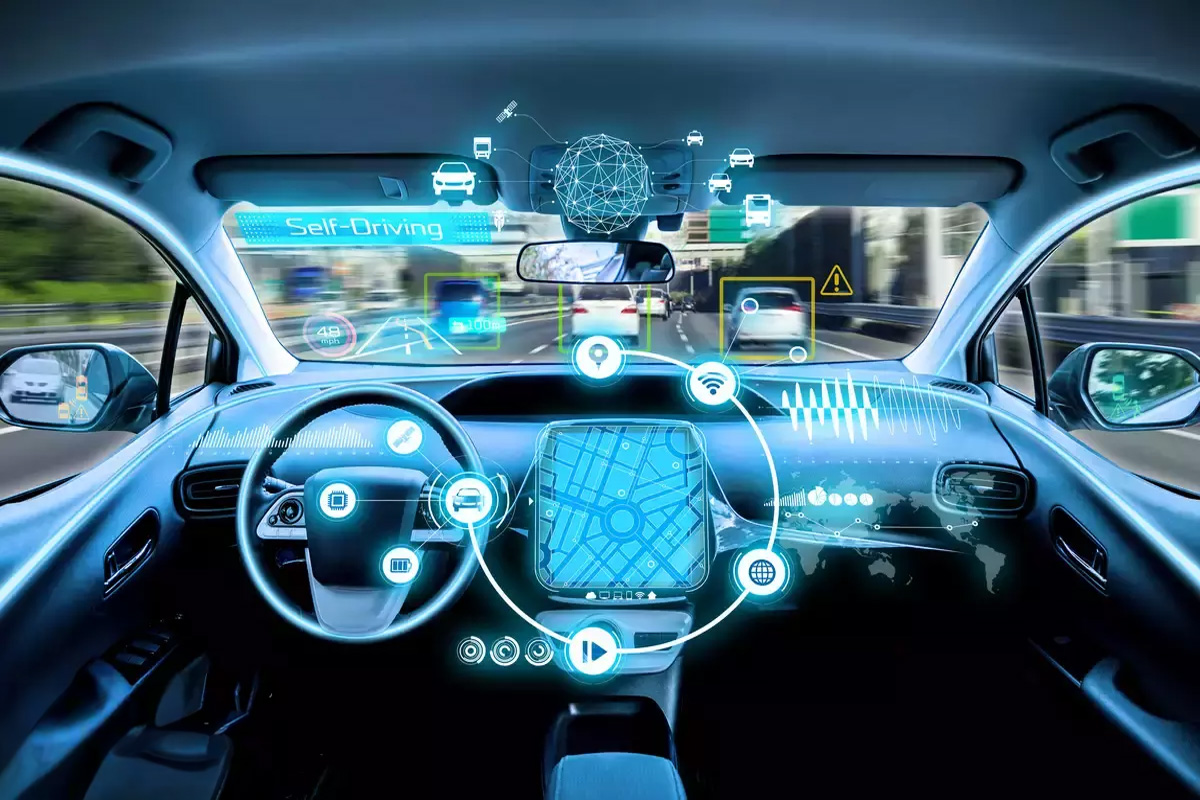The automotive industry is experiencing a technological transfomation that are reshaping how we drive, interact with our vehicles, and approach transportation as a whole. From advanced safety features to connectivity and automation, the latest advancements in car technology are enhancing the driving experience and paving the way for a more sustainable future. We will explore some of the most significant developments in car technology that are transforming the industry.
1. Advanced Driver Assistance Systems (ADAS)
Advanced Driver Assistance Systems (ADAS) are becoming a standard feature in many new vehicles, significantly enhancing safety and convenience. These systems utilize a combination of sensors, cameras, and artificial intelligence to assist drivers in various ways.
Features of ADAS:
- Adaptive Cruise Control (ACC): This feature automatically adjusts the vehicle’s speed to maintain a safe distance from the car in front. It can slow down or accelerate as needed, making highway driving more comfortable.
- Lane Keeping Assist: This system helps prevent unintentional lane departures by providing steering assistance or alerts when the vehicle begins to drift out of its lane.
- Automatic Emergency Braking (AEB): AEB systems detect potential collisions and automatically apply the brakes to mitigate or avoid an accident. This feature is particularly beneficial in urban driving conditions.
- Blind Spot Detection: This technology alerts drivers to vehicles in their blind spots, helping to prevent accidents during lane changes.
As these systems become more sophisticated, they are paving the way for higher levels of vehicle autonomy, ultimately leading to fully autonomous vehicles in the future.
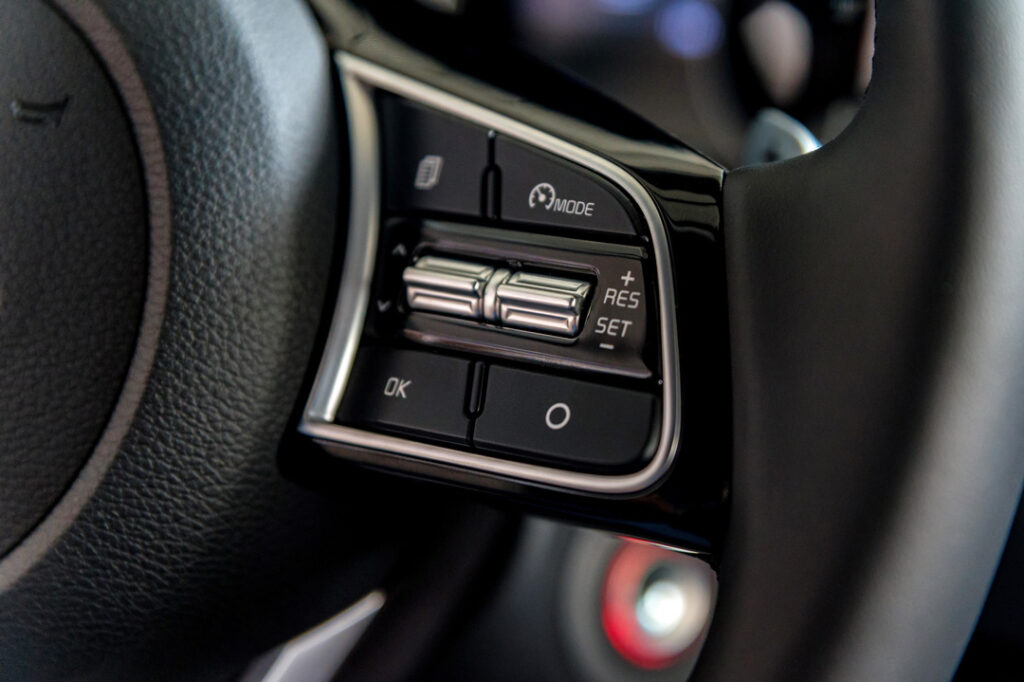
2. Connectivity and Infotainment Systems
Modern vehicles are increasingly equipped with advanced connectivity features that enhance the overall driving experience. Infotainment systems are becoming more intuitive, allowing drivers to seamlessly integrate their smartphones and access various applications.
Developments in Connectivity:
- Smartphone Integration: Features like Apple CarPlay and Android Auto allow drivers to connect their smartphones to the vehicle’s infotainment system, enabling access to navigation, music, and messaging apps directly from the dashboard.
- Over-the-Air Updates: Many manufacturers are now offering over-the-air software updates, allowing vehicles to receive the latest features and improvements without the need for a visit to the dealership. This technology ensures that cars remain up-to-date with the latest advancements.
- Vehicle-to-Everything (V2X) Communication: V2X technology enables vehicles to communicate with each other and with infrastructure, such as traffic lights and road signs. This communication can improve traffic flow, reduce congestion, and enhance safety by providing real-time information about road conditions.
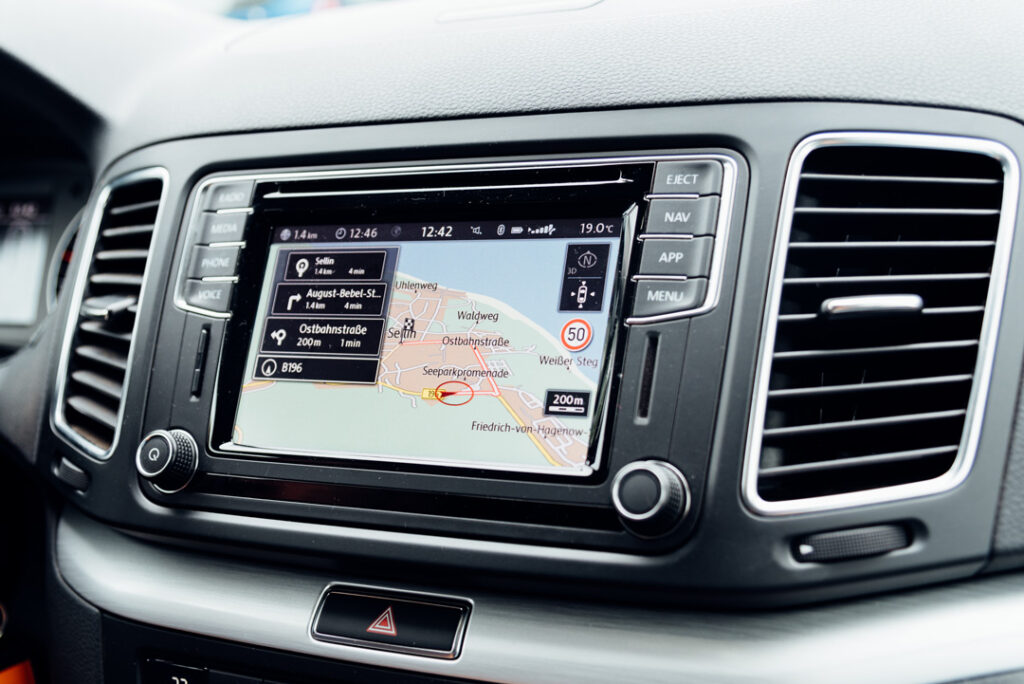
3. Enhanced Safety Features
Safety remains a top priority for both manufacturers and consumers, leading to the development of numerous innovative safety features designed to protect occupants and pedestrians.
Notable Safety Advancements:
- 360-Degree Cameras: Surround-view camera systems provide drivers with a bird’s-eye view of their surroundings, making parking and maneuvering in tight spaces easier and safer.
- Pedestrian Detection Systems: These systems use sensors and cameras to detect pedestrians in the vehicle’s path and can initiate automatic braking if a collision is imminent.
- Drowsiness Detection: Utilizing driver monitoring systems, vehicles can assess driver behavior and alert them if signs of drowsiness or inattention are detected, helping to prevent accidents caused by fatigue.
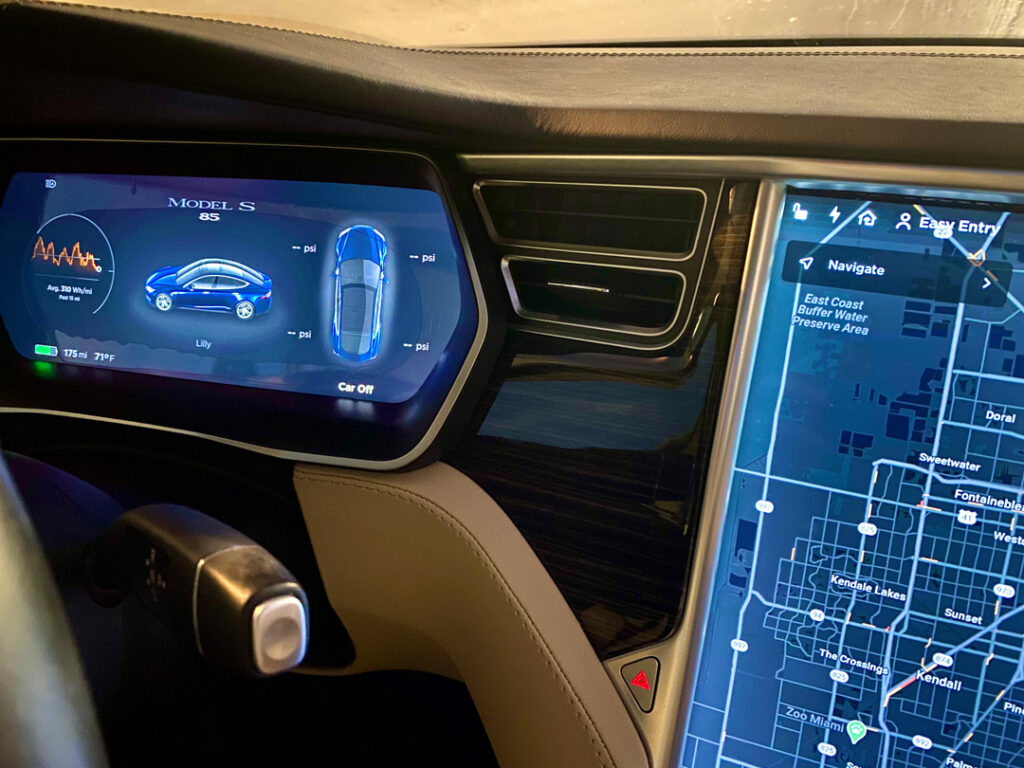
4. Autonomous Driving Technology
While fully autonomous vehicles are still in development, significant progress has been made in the field of automation. Many manufacturers are working on systems that can handle specific driving tasks, moving us closer to a future where cars can drive themselves.
Levels of Autonomy:
- Level 2 (Partial Automation): Vehicles equipped with Level 2 autonomy can control steering and acceleration but require the driver to remain engaged and ready to take over at any time. Examples include Tesla’s Autopilot and GM’s Super Cruise.
- Level 3 (Conditional Automation): Level 3 vehicles can handle most driving tasks but still require human intervention in certain situations. This level of automation is currently being tested by companies like Waymo and Audi.
- Level 4 (High Automation): Level 4 vehicles can operate autonomously in specific conditions without human intervention. Companies like Waymo are conducting trials in designated areas.
As technology advances, the industry is moving toward achieving Level 5 autonomy, where vehicles can operate without any human input in all conditions.

5. Advanced Powertrain Technologies
While electric vehicles are not the focus here, advancements in traditional internal combustion engines (ICE) and hybrid technologies continue to evolve, improving efficiency and performance.
Developments in Powertrain Technology:
- Turbocharging: Turbocharged engines provide more power while using less fuel, leading to improved fuel efficiency and reduced emissions.
- Variable Valve Timing: This technology optimizes engine performance by adjusting the timing of the intake and exhaust valves, enhancing fuel efficiency and power output.
- Hybrid Systems: Many manufacturers are developing hybrid powertrains that combine traditional engines with electric motors to improve fuel efficiency and reduce emissions.
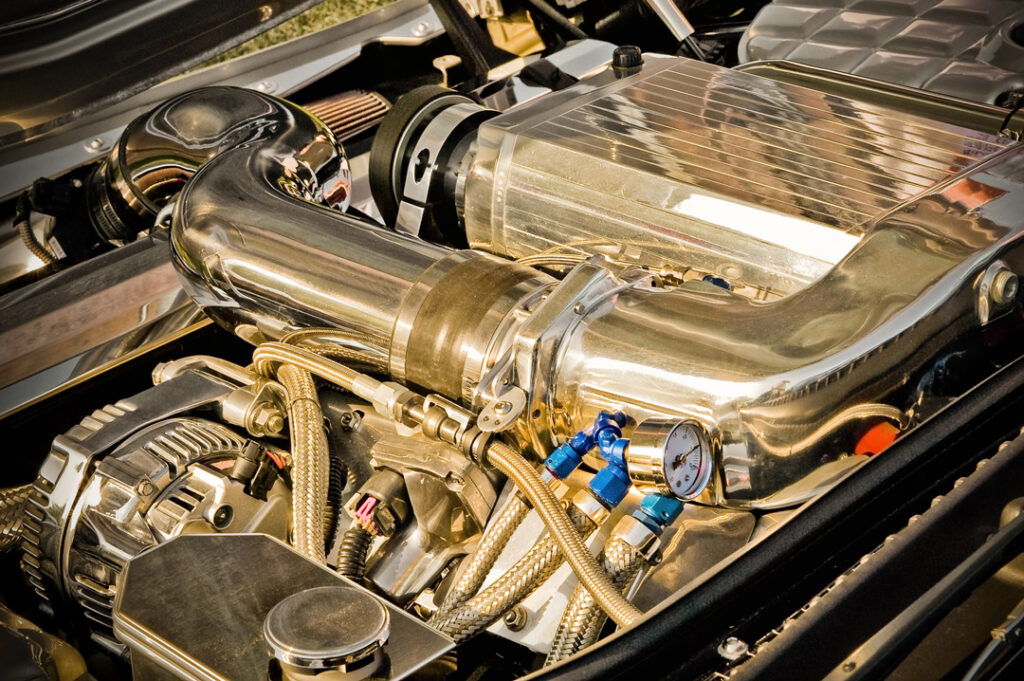
6. Smart Maintenance and Diagnostics
Modern vehicles are equipped with advanced diagnostic systems that can monitor performance and alert drivers to potential issues before they become serious problems.
Innovations in Vehicle Maintenance:
- Predictive Maintenance: Using data analytics and machine learning, vehicles can predict when maintenance is needed based on driving patterns and performance metrics. This proactive approach helps prevent breakdowns and reduces repair costs.
- Remote Diagnostics: Many vehicles can now transmit diagnostic data to manufacturers or service centers, allowing for remote troubleshooting and more efficient repairs.
- Mobile Apps: Automakers are developing mobile apps that allow owners to monitor their vehicle’s health, schedule maintenance, and receive alerts about potential issues.
Final Thoughts
The automotive industry is undergoing a remarkable transformation, driven by technological advancements that enhance safety, connectivity, and sustainability. From advanced driver assistance systems and connectivity features to autonomous driving technologies and sustainable materials, the latest innovations are reshaping the driving experience.
As these technologies continue to evolve, consumers can expect to see even more exciting developments in the coming years. The future of transportation promises to be safer, more connected, and more sustainable, making it an exciting time to be a part of the automotive world.


